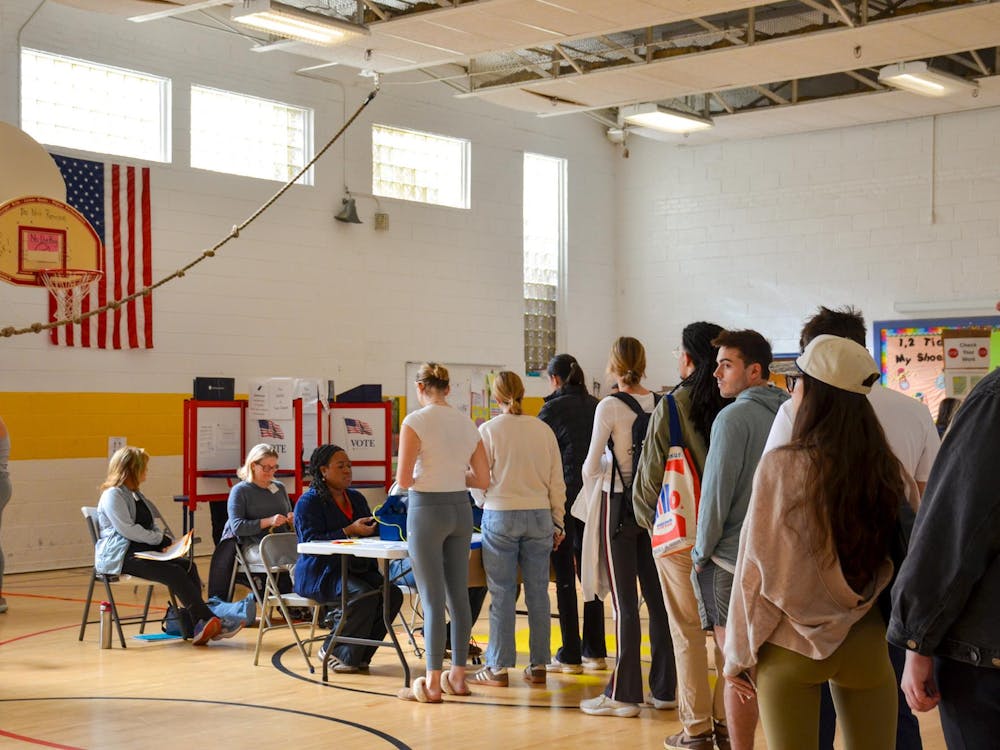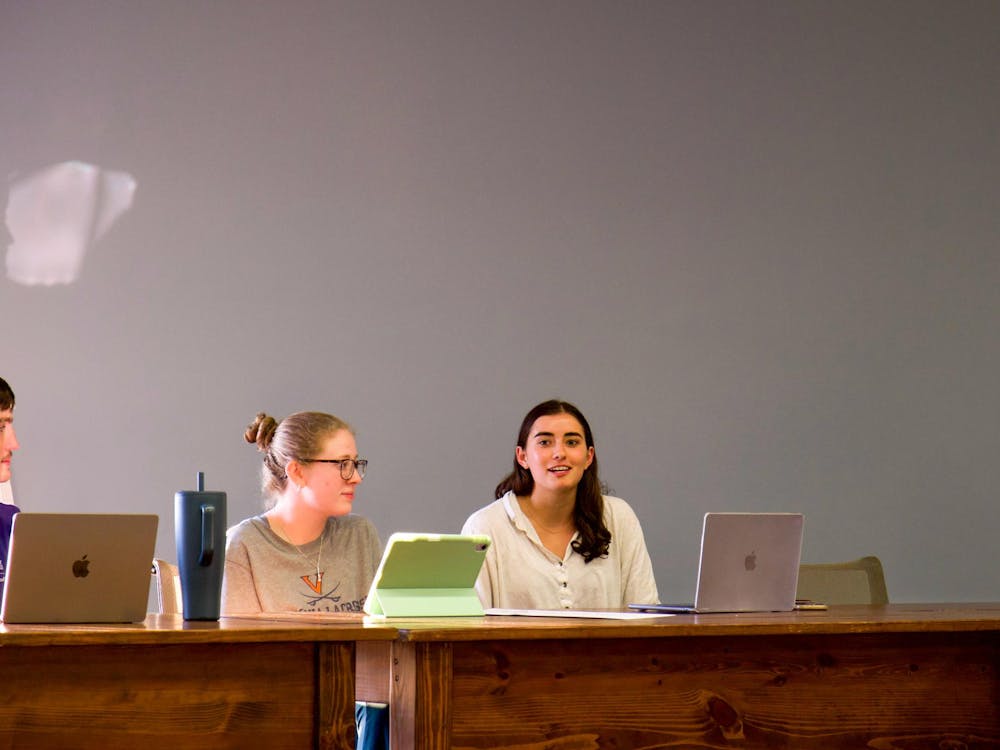Though the decision to move Inter-Fraternity Council rush for first-year students to the spring was controversial 10 years ago, the IFC has since adapted, now preferring the second-semester rush process.
Former Dean of Students Robert T. Canevari's 1998 decision to move rush from fall to spring came amid a national debate regarding the role of fraternities in college and university life, said Aaron Laushway, University associate dean of students and director of fraternity and sorority life.
The debate dates back to an influential article titled "The Questionable Value of Fraternities," by Indiana University Prof. George Kuh, Laushway said. Published in spring 1996 in The Chronicle of Higher Education, Kuh's article called for reform of the fraternity system. At the same time, many universities' views of the Greek system were changing as northeastern schools, such as Bates College and Bowdoin College, began eliminating fraternities, Laushway said.
The fraternity reform debate officially hit the University at the 1997 fall Convocation when then-Faculty Senate Chair Jahan Ramazani proposed the idea that early rush might be a hindrance to establishing an intellectual community and suggested delaying rush, an idea widely supported by the faculty.
"Those two sentences caused a furor that was unbelievable," Laushway said.
The speech, Ramazani said, started a community-wide discussion about rush, leading to Canevari's eventual decision to move first-year rush to the spring.
Before the decision, Laushway said, Canevari submitted a proposal to the fraternities that would move first-year rush to later in the fall semester and ban kegs at fraternity parties. The IFC rejected this proposal, and Canevari made the decision effective for spring 1999. Because each fraternity signs a Fraternal Organization Agreement with the University, detailing the fraternity's relationship with the University, IFC rush dates are subject to approval of the University, Laushway said.
The purpose of these FOAs, Laushway explained, is to ensure the fraternity recruitment process is consistent with the University's educational mission.
Although Ramazani's decision was controversial at the time, the IFC has since adapted, Laushway said.
Though Ramazani said fraternities were initially concerned about the financial impact of losing rent from second-year brothers, this concern no longer exists, according to IFC President Taylor Richardson. While it used to be popular for brothers to live in fraternity houses during their second year, Richardson said, students now tend to live in fraternity houses during their third year.
Richardson also noted that the IFC now prefers second-semester rush for first-year students, as this system gives first-year students a semester to adjust to college life and makes the process fairer for each house. He noted that if first-year students rushed during the fall semester, many of them would simply rush the houses of their high school friends.
Second-semester rush allows students to first build communities in their residential areas and dormitories, Laushway said, and become involved in other activities before joining the Greek community.






